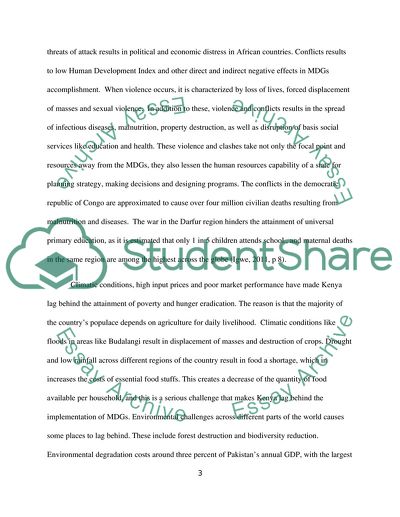Cite this document
(“4.Global efforts towards the implementation of the Millennium Essay”, n.d.)
4.Global efforts towards the implementation of the Millennium Essay. Retrieved from https://studentshare.org/history/1616358-4global-efforts-towards-the-implementation-of-the-millennium-development-goals-have-obtained-markedly-different-results-in-different-regions-of-the-world-why-do-you-think-some-regions-lag-behind-while-others-have-exceeded-expectations-give-examples
4.Global efforts towards the implementation of the Millennium Essay. Retrieved from https://studentshare.org/history/1616358-4global-efforts-towards-the-implementation-of-the-millennium-development-goals-have-obtained-markedly-different-results-in-different-regions-of-the-world-why-do-you-think-some-regions-lag-behind-while-others-have-exceeded-expectations-give-examples
(4.Global Efforts towards the Implementation of the Millennium Essay)
4.Global Efforts towards the Implementation of the Millennium Essay. https://studentshare.org/history/1616358-4global-efforts-towards-the-implementation-of-the-millennium-development-goals-have-obtained-markedly-different-results-in-different-regions-of-the-world-why-do-you-think-some-regions-lag-behind-while-others-have-exceeded-expectations-give-examples.
4.Global Efforts towards the Implementation of the Millennium Essay. https://studentshare.org/history/1616358-4global-efforts-towards-the-implementation-of-the-millennium-development-goals-have-obtained-markedly-different-results-in-different-regions-of-the-world-why-do-you-think-some-regions-lag-behind-while-others-have-exceeded-expectations-give-examples.
“4.Global Efforts towards the Implementation of the Millennium Essay”, n.d. https://studentshare.org/history/1616358-4global-efforts-towards-the-implementation-of-the-millennium-development-goals-have-obtained-markedly-different-results-in-different-regions-of-the-world-why-do-you-think-some-regions-lag-behind-while-others-have-exceeded-expectations-give-examples.


